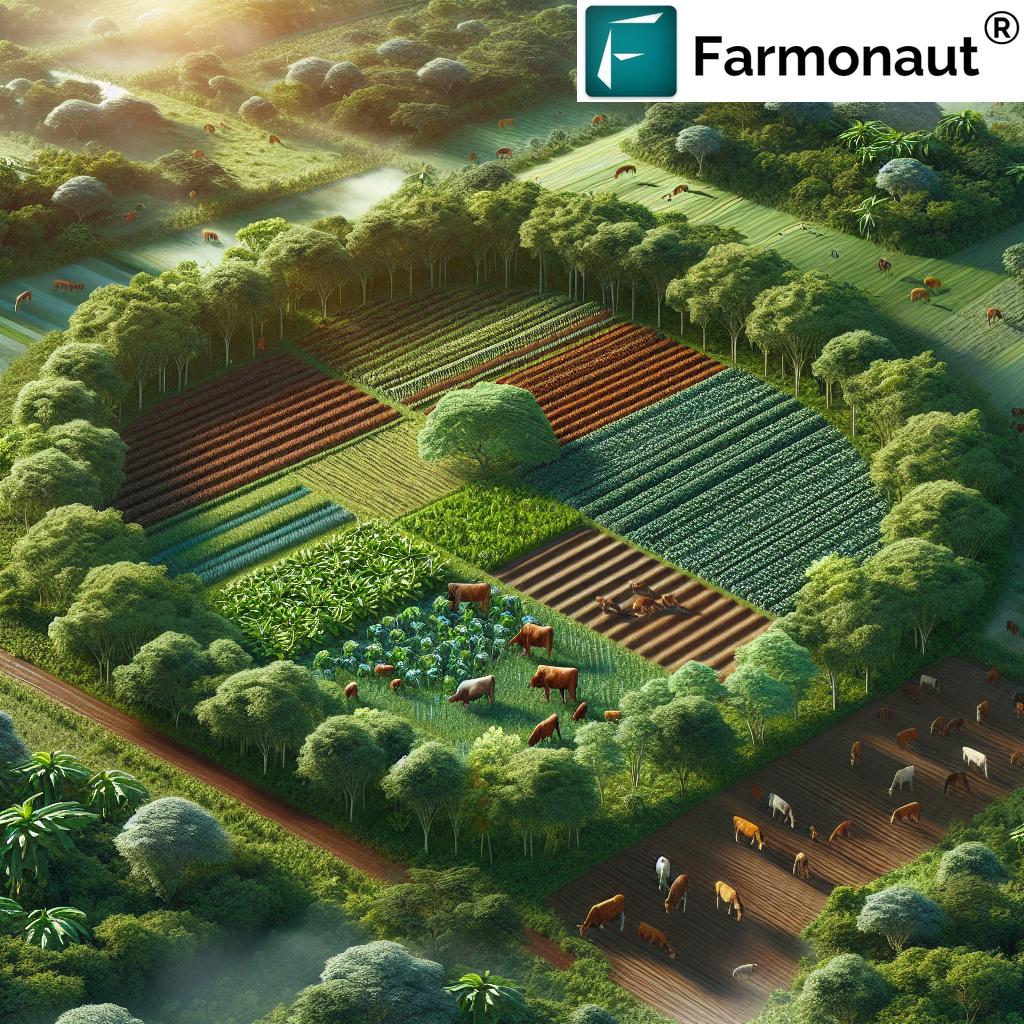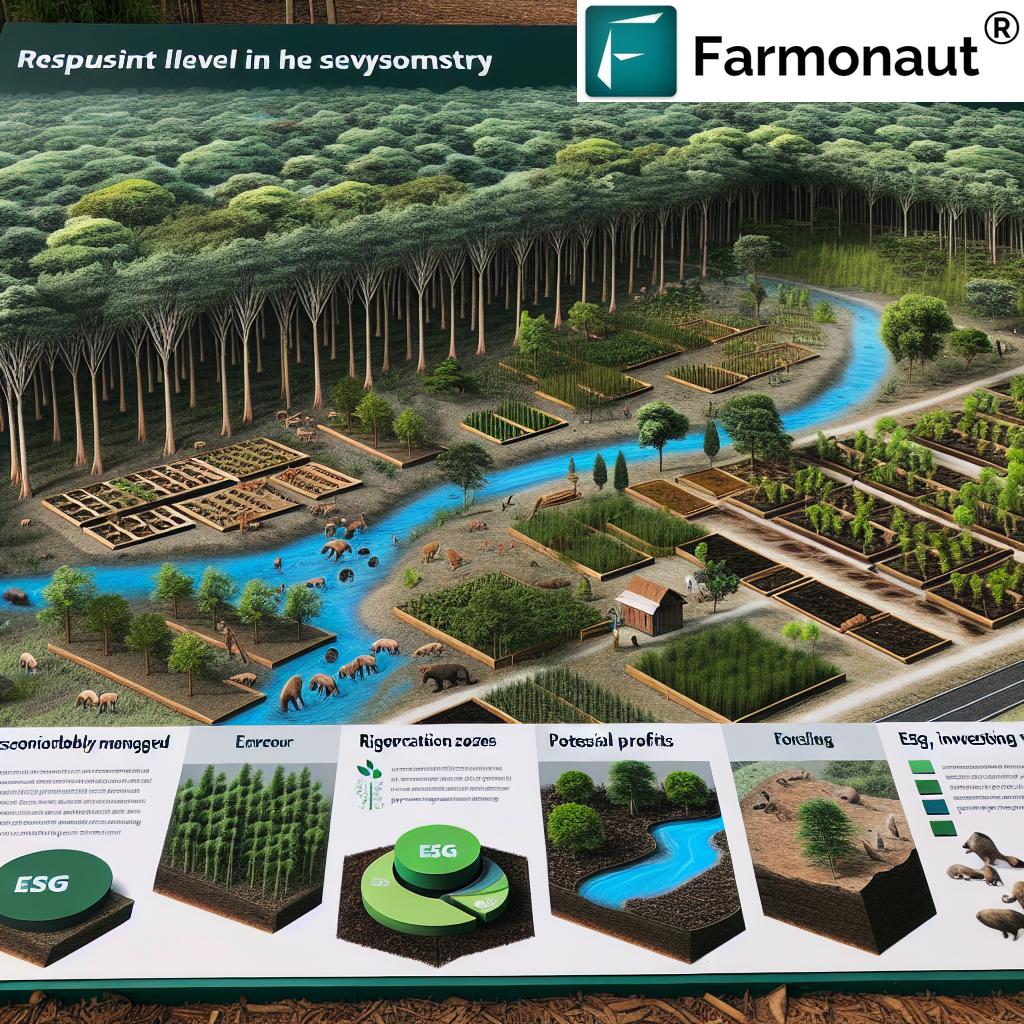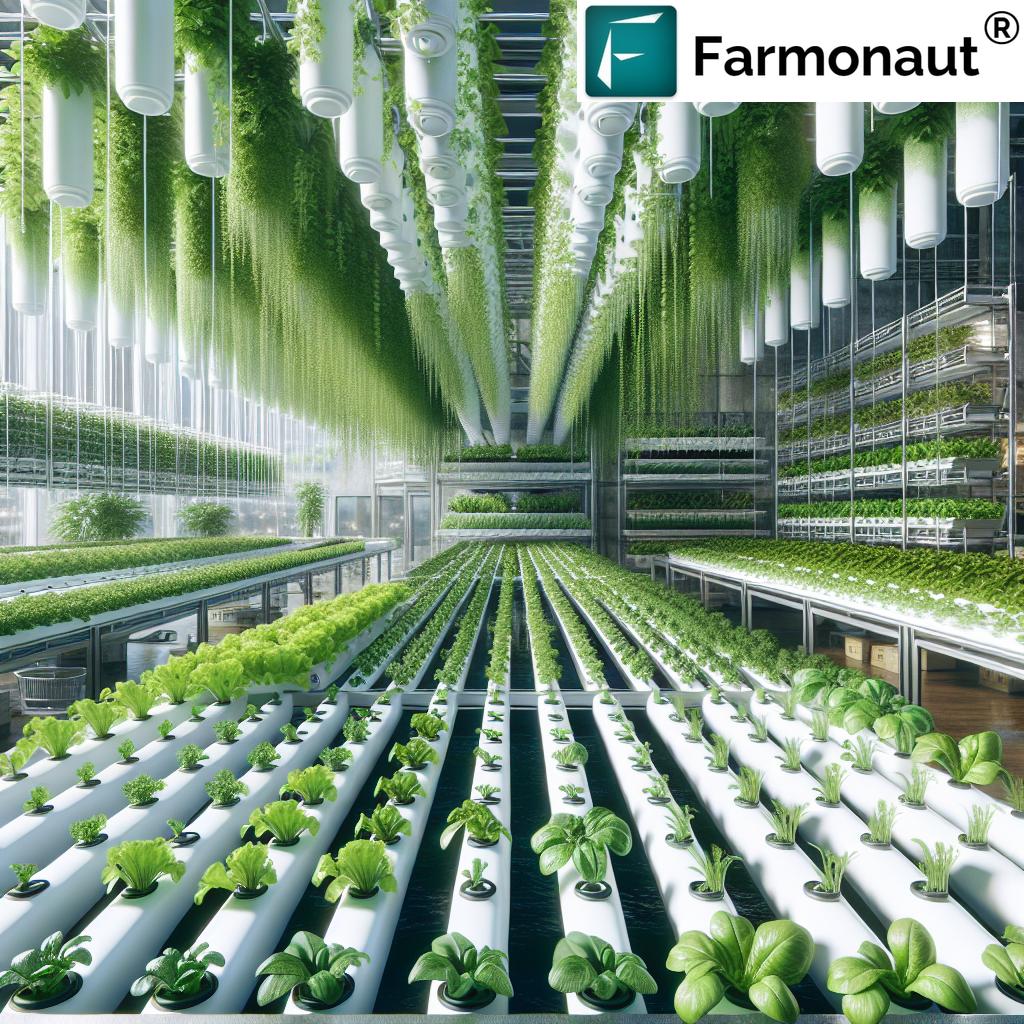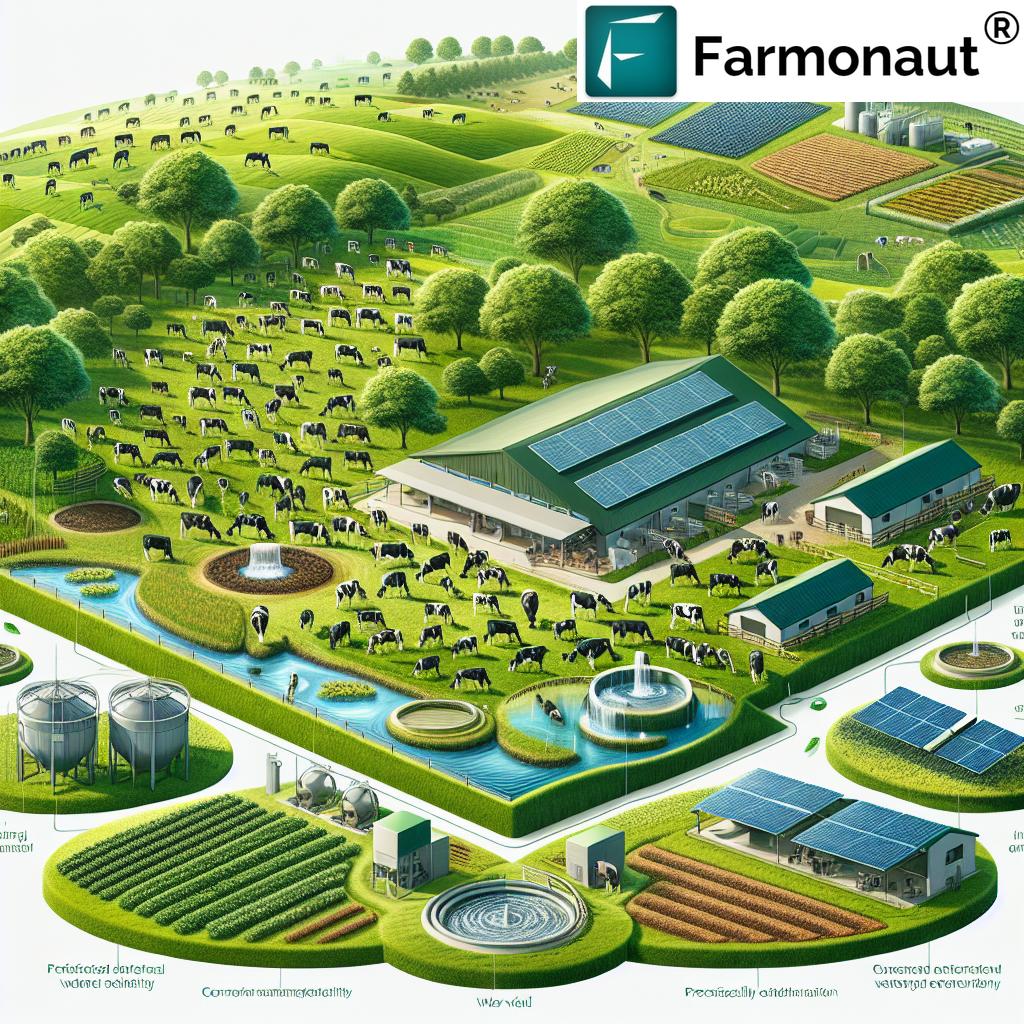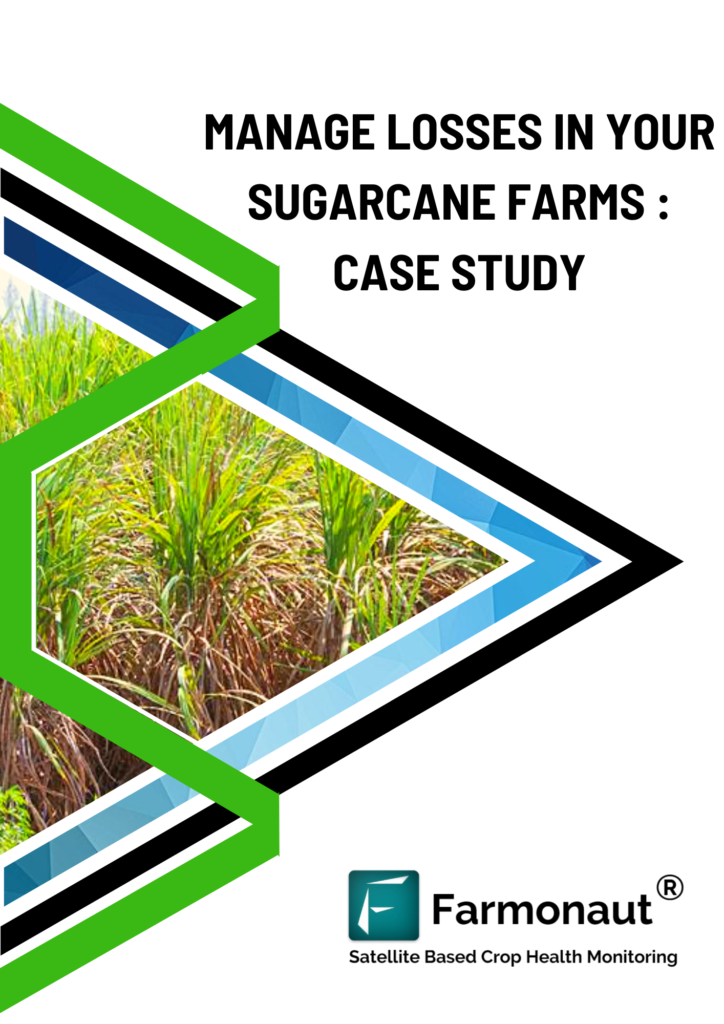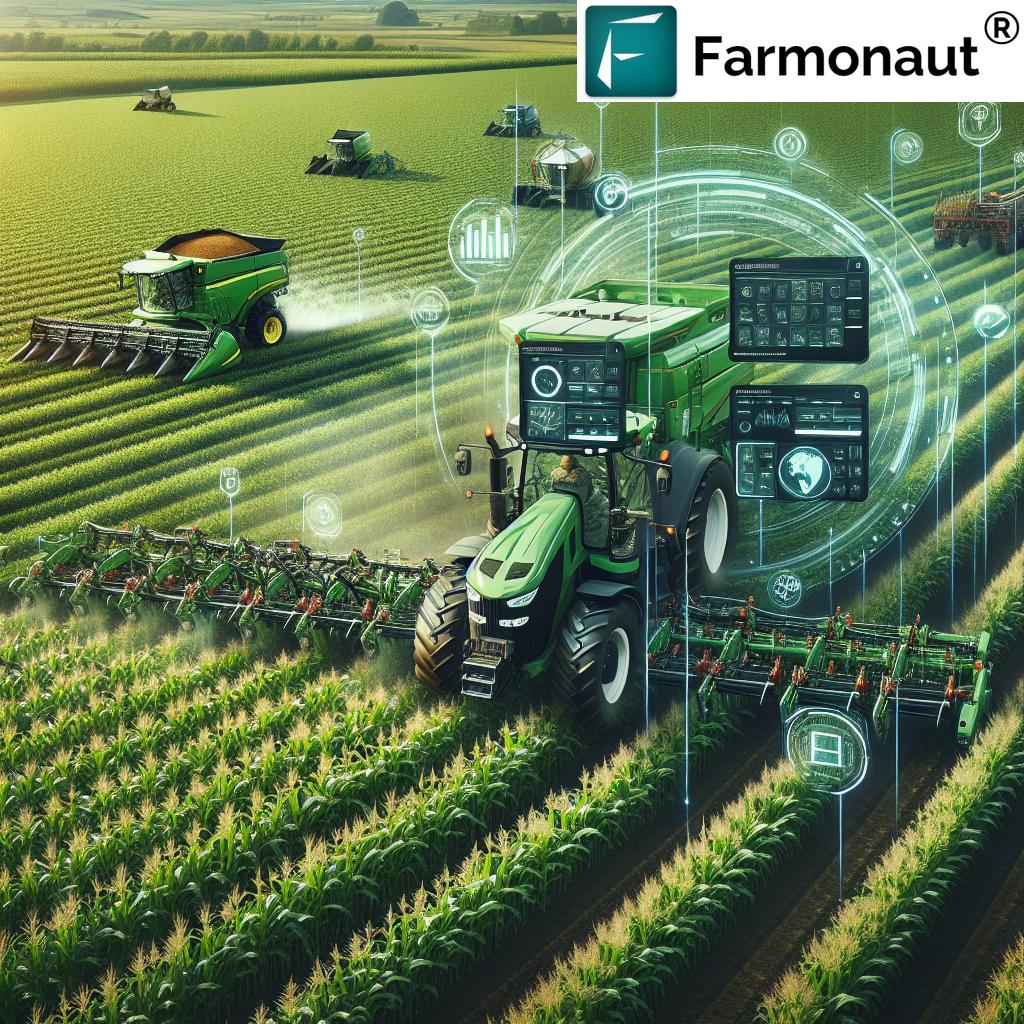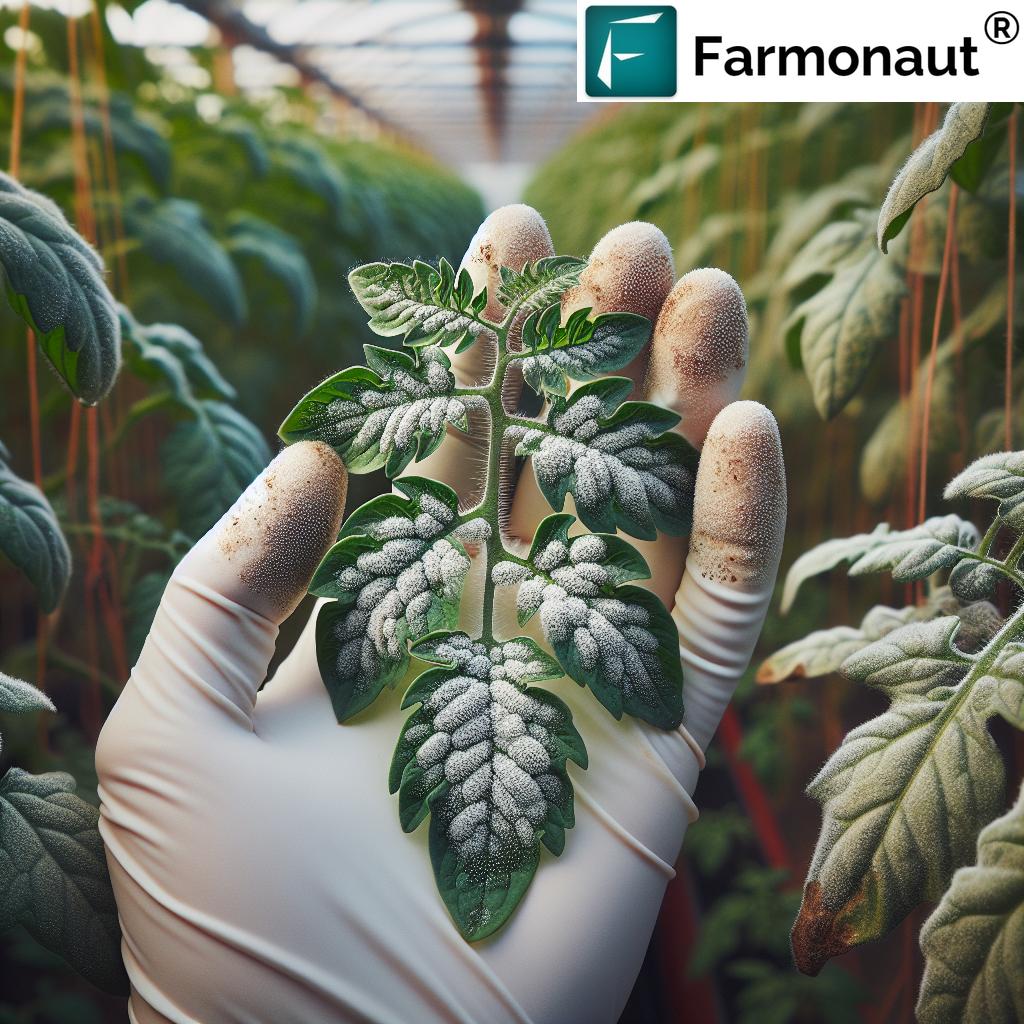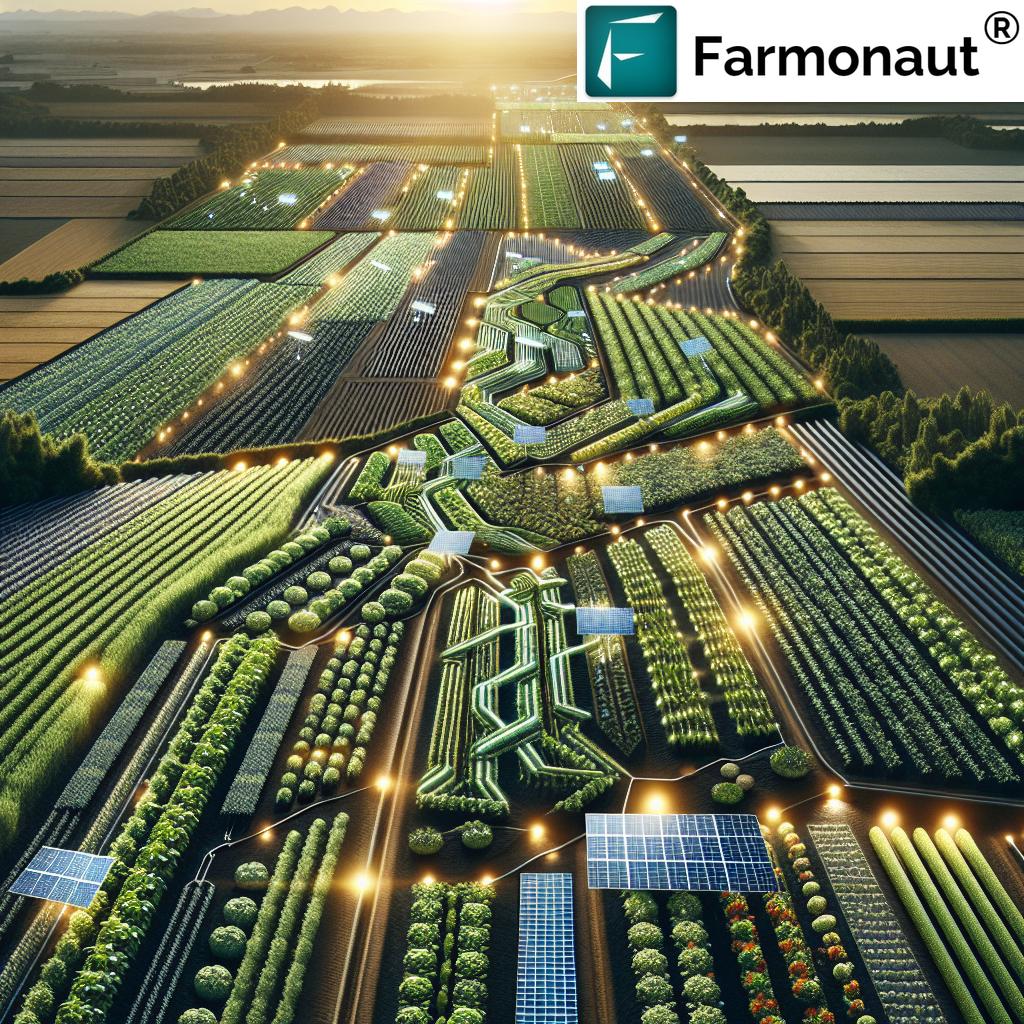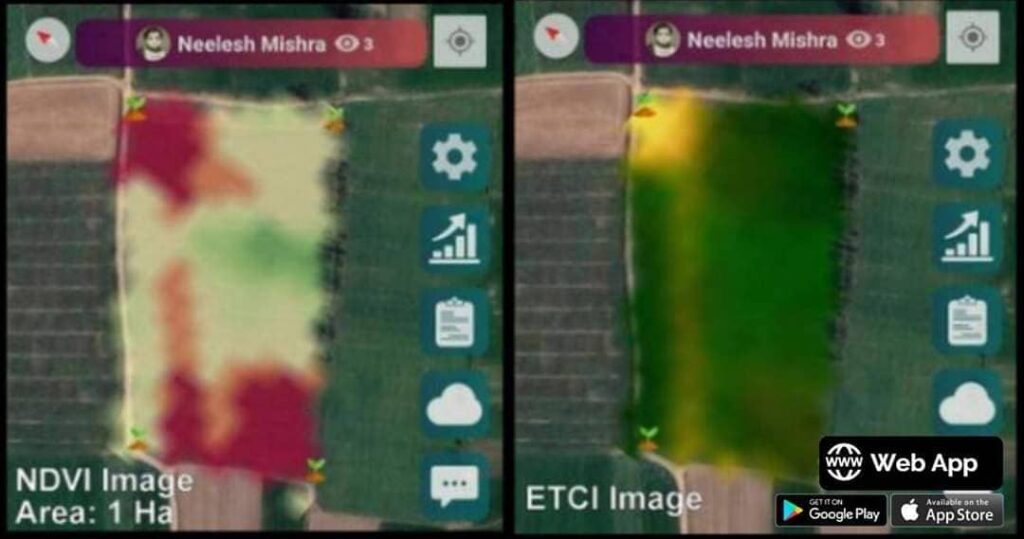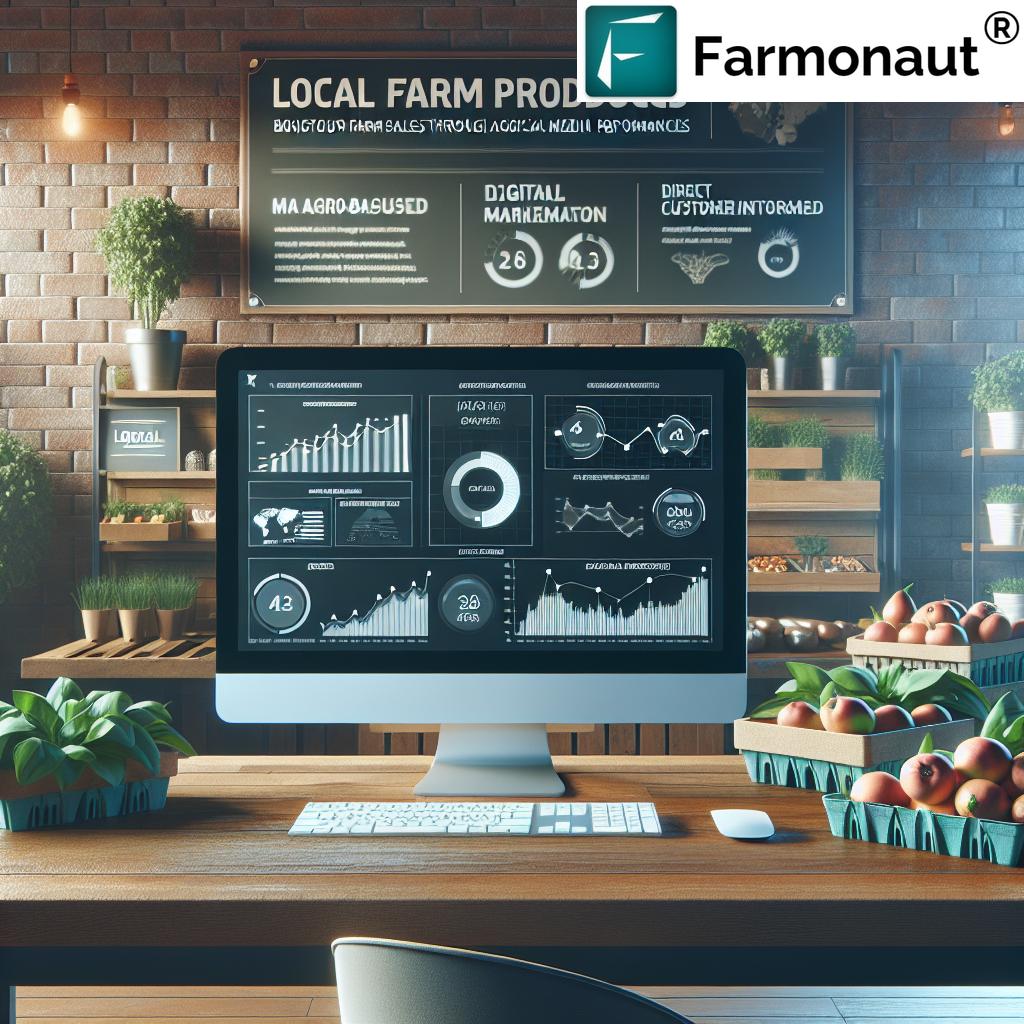Sustainable Investing: 7 Ways to Grow Agriculture & Forestry
“Sustainable agriculture investments can reduce greenhouse gas emissions by up to 30% compared to conventional methods.”
Sustainable investing in agriculture, farming, and forestry focuses on generating financial returns while promoting environmental stewardship, social responsibility, and economic viability. This holistic approach seeks to balance profitability with the preservation of natural resources, biodiversity, and the well-being of communities.
Understanding Sustainable Investing in Agriculture & Forestry
As we navigate the complexities of climate change, sustainable investing in agriculture and forestry is gaining traction among investors, policymakers, and communities. Also known as socially responsible investing (SRI), impact investing, or ESG (environmental, social, governance) investing, this approach involves selecting investments based on environmental, social, and governance criteria.
In the context of agriculture and forestry, sustainable investing means supporting practices that enhance productivity while minimizing ecological footprints, fostering social equity, and ensuring long-term economic viability. By prioritizing environmental stewardship in forestry and agriculture, investors help drive solutions for a more resilient global food system and natural ecosystem.
But what exactly sets sustainable investing apart in the agricultural and forestry landscapes? And which key practices are proving most effective in balancing productivity, profitability, and social responsibility?
7 Key Components of Sustainable Agriculture and Forestry Investing
Let’s explore the most impactful sustainable investing strategies currently reshaping food, farming, and forest management worldwide:
- Agroforestry & Integrated Land-Use Systems
- Regenerative Agriculture Practices
- Sustainable Forestry Initiatives & Certification
- Climate-Smart Agriculture & Carbon Footprinting
- Water Conservation & Resource Efficiency
- Technology-Driven Traceability & Transparency
- Community Engagement, Social Responsibility & ESG Investment
1. Agroforestry & Integrated Land-Use Systems
Agroforestry is the innovative practice of integrating trees with crops or livestock to create diverse, productive, and sustainable land-use systems. These systems offer a multitude of benefits:
- Increase farm productivity and profitability through diversified outputs (timber, fruit, fodder, etc.)
- Reduce soil erosion and improve soil quality using root systems and organic matter inputs
- Create wildlife habitats and support biodiversity by offering refuge for birds, bats, insects, and other species in modified landscapes
- Manage animal waste and enhance nutrient cycling
- Sequester carbon, directly addressing carbon emissions and climate change
These outcomes align with global objectives for agroforestry systems that reinforce environmental stewardship and economic sustainability.
2. Regenerative Agriculture Practices
Regenerative agriculture focuses on soil health, ecosystem restoration, and minimizing chemical use. Core regenerative agriculture practices include:
- Cover cropping
- Reduced or no-till farming
- Crop rotation and polyculture systems
- Use of natural fertilizers and reduction in synthetic inputs
- Integrating livestock for holistic grazing systems
By emphasizing soil ecology, regenerative agriculture can help halve food system emissions by 2030 (source: Reuters Sustainability). These methods are essential for biodiversity preservation in agriculture and restoring our food systems’ natural balance.
See how easy it is to monitor and improve soil health with Farmonaut’s real-time crop monitoring tools: Farmonaut Carbon Footprinting.
3. Sustainable Forestry Initiatives & Certification
Sustainable forestry means managing forests to meet current needs without compromising their health for future generations. Key practices and certifications, such as the Sustainable Forestry Initiative (SFI), support:
- Biodiversity protection
- Sustainable harvest levels and forest regeneration
- Water quality preservation
- ESG investment in agriculture and forestry
Certification systems (like SFI) ensure responsible management, giving investors confidence in the long-term economic viability in sustainable farming and forestry.
“Over 50% of global forests are managed for both economic returns and environmental sustainability through responsible investing.”
4. Climate-Smart Agriculture & Carbon Footprinting
Climate-smart agriculture (CSA) incorporates innovative methods to adapt, mitigate, and build resilience to climate change. Carbon footprint tracking and greenhouse gas monitoring are now essential for investors and companies.
- Quantitative impact: Monitoring carbon emissions from fertilizer, land use, and energy inputs at farm and supply chain levels
- Investment incentive: Aligns with global climate targets; qualifies for green bonds and targeted sustainability funds
Platforms like Farmonaut’s Carbon Footprinting Solution enable accurate, real-time emissions data—improving risk management and providing compliance support (see Farmonaut API documentation).
5. Water Conservation & Resource Efficiency
Sustainable agriculture and forestry practices are fundamentally tied to the responsible use of water and other resources. As climate and weather patterns shift, optimizing irrigation, monitoring soil moisture, and reducing runoff become crucial:
- Deploying satellite-supported soil and water monitoring
- Implementing precision irrigation and rainwater harvesting systems
- Promoting drought-resilient crops and forestry species
Tools available in the Farmonaut Agro-Admin App help large-scale operations/agribusinesses measure and improve water and resource efficiency across diverse regions and climates.
6. Technology-Driven Traceability & Transparency
Traceability is rapidly becoming a core requirement for sustainable land use and responsible investing. Digital platforms, like blockchain-based traceability, ensure:
- Provenance and quality assurance of agricultural and forestry products
- Increased consumer confidence, higher product value
- Smarter, secure, and transparent supply chains—reducing food fraud and waste
Experience the power of traceability for food supply chains with Farmonaut Product Traceability. This solution aids transparency and responsible sourcing for companies of all sizes.
7. Community Engagement, Social Responsibility & ESG Investment
Sustainable investing is as much about people and communities as it is about profits and planet. A robust ESG framework is built through:
- Fair labor practices throughout the supply chain
- Local food security initiatives and participatory forest management
- Worker safety and training
- Equitable benefit sharing—especially in regions like Brazil, India, or Southeast Asia where forestry and farming support local livelihoods
The SFI and other certifications support social responsibility, while digital reporting and advisory tools (such as Farmonaut’s API and crop loan & insurance solutions) help companies and smallholders meet ESG mandates with confidence.
Comparison Table of Sustainable Investing Practices in Agriculture & Forestry
| Practice Name | Environmental Impact | Profitability Potential | Social Responsibility Score | Example Investment Types |
|---|---|---|---|---|
| Agroforestry Systems | High | Medium-High | High | Mixed cropping, timber, fruit, eco-certification funds |
| Regenerative Agriculture | High | Medium | High | Organic farmland REITs, regenerative investment funds |
| Sustainable Forestry Initiatives | High | High | High | SFI-certified timber, reforestation green bonds |
| Climate-Smart Agriculture & Carbon Footprinting | High | Medium | Medium-High | Carbon offset projects, climate-verified agri ETFs |
| Water Conservation & Resource Efficiency | Medium-High | High | Medium | Smart irrigation, water rights funds |
| Technology-Driven Traceability | Medium | High | Medium-High | Blockchain, traceability startups, food safety tech |
| Community Engagement & Social Responsibility | Medium | Medium | High | ESG/social impact funds, community co-ops |
Benefits of Sustainable Investing in Agriculture and Forestry
The main drive for impact investing in agriculture and forestry is the intersection of financial, environmental, and social returns. Here’s how sustainable investing supports our global future:
Environmental Preservation & Biodiversity
- Reduces deforestation and land degradation through responsible forestry management and land use practices
- Promotes biodiversity preservation in agriculture and forestry landscapes
- Improves air, soil, and water quality via lower agrochemical runoff and better nutrient cycling
- Integrates carbon sequestration, soil health, and sustainable water management
Economic Viability & Profitability
- Long-term profitability by reducing input costs, enhancing productivity, and opening access to premium, eco-friendly markets
- Direct market demand for certified and sustainable products (e.g., SFI-certified lumber, organic foods)
- Improved risk management through compliance with ESG investing in agriculture and forestry
- Support for research and education initiatives, such as those under SARE (Sustainable Agriculture Research and Education)
Social Responsibility & Communities
- Enhances social responsibility in food and forestry systems by supporting fair labor, local food security, equitable benefit sharing, and community livelihoods
- Empowers communities with transparent supply chains via traceability and digital monitoring solutions
Challenges & Opportunities in Sustainable Investing
Despite strong momentum, there are persistent challenges unique to sustainable investing in agriculture and forestry. Awareness and proactive strategy open up growing opportunities for investors, policymakers, and agricultural enterprises alike.
Key Challenges
- Financial Barriers: Upfront costs to transition* to sustainable practices may be high—particularly for small farmers and forest managers. Access to green credit or incentives is essential.
- Market Demand & Access: Some regions require technical support for market development, consumer education, and certification to expand premium/eco-friendly markets.
- Policy & Regulation: Clear policies, enforcement, and international frameworks (such as ESG or SFI) are needed to ensure investments genuinely promote sustainable systems.
*Farmonaut’s digital advisory and monitoring solutions enable cost-effective, data-driven transitions for both small and large farms – see more on Crop/Plantation/Forest Advisory.
Key Opportunities
- Impact & ESG Investing: Green bonds, land-focused ETFs, and community projects unlock measurable social and environmental benefits.
- Direct Support: Investors support companies (e.g., those using real-time monitoring, traceability, or SFI-certified operations) that lead on all three pillars: environment, society, and economy.
- Innovation: Agriculture and forestry tech (such as Farmonaut) empowers farmers and timber managers to maximize efficiency, resilience, and traceability—opening doors for scalable, global impact.
Want to bridge the knowledge gap between on-farm data and ESG reporting? Discover Fleet Management for optimizing machinery, resource use, and transparency throughout your operations.
Farmonaut: Making Sustainable Agriculture & Forestry Decisions Easier
As sustainable investing evolves, digital platforms and advanced technologies are reshaping how we monitor, manage, and report on farms and forests. Farmonaut is at the heart of this transformation, empowering users from smallholders to large agribusinesses and institutions.
- Satellite-Based Monitoring: Farmonaut’s satellite imagery and multispectral data enables real-time insight into crop health, soil moisture, vegetation indexes (like NDVI), and more.
- AI-Driven Advisory: Via the Jeevn AI Advisory System, farmers receive custom recommendations for weather, crop nutrition, pest control, and resource use.
- Blockchain-Based Traceability: Secure, verifiable product traceability from farm to consumer builds trust, reduces fraud, and ensures sustainability standards.
- Resource Management: Fleet and asset management tools enhance logistical efficiency for large and small operations—improving water, fuel, machinery, and vehicle usage.
- Carbon Footprinting: Track, benchmark, and reduce climate impact from agricultural practices. See: Farmonaut Carbon Footprinting.
- API Access: Integrated satellite and weather data can be embedded into your own systems or applications via the Farmonaut API and Developer Docs.
For agri-entrepreneurs, researchers, and policymakers alike, Farmonaut lowers the barrier to advanced farm management, making sustainable agriculture and forestry technologies accessible, affordable, and scalable at a global scale.
Get started with Farmonaut’s flexible subscriptions below and empower your sustainable investments today.
Request a demo or download the app for instant access:
For more advanced integrations, see our API and Developer Docs.
Getting Started: Making Impact with Sustainable Investment
Whether you’re starting out as a new investor, a farming professional seeking new opportunities, or a policymaker designing incentives, these steps can help maximize your impact:
- Define your ESG and sustainability goals. What mix of environmental preservation, profitability, and social responsibility do you want to achieve?
- Select investment types that support your values.
- For environmental impact: Choose agroforestry, regenerative funds, or certified sustainable forestry.
- For social impact: Support community-based initiatives, local food projects, or direct investments in companies committed to fair labor.
- For profitability: Target technology-driven platforms and resource efficiency innovations.
- Research the platform or portfolio manager. Ensure transparency, track record, and tech adoption (such as satellite/AI or blockchain solutions) to maximize monitoring and reporting.
- Utilize technology for monitoring & compliance. Farmonaut and similar platforms enable real-time ESG and sustainability reporting, improving investor confidence and regulatory alignment.
- Engage communities for on-the-ground feedback. Local partnerships and inclusion boost impact and ensure sustainable investments meet their full potential.
FAQ – Sustainable Investing in Agriculture & Forestry
What is sustainable investing in agriculture and forestry?
Sustainable investing is the practice of making investments in agriculture, farming, and forestry that balance financial returns with positive environmental and social impact. It supports practices that minimize negative ecological footprints, promote soil and biodiversity health, and foster community well-being.
What are the benefits of sustainable investing?
Benefits include preservation of natural resources (soil, water, forests), reduced deforestation and greenhouse emissions, increased profitability through efficiency and premium markets, improved risk management, and stronger community outcomes.
How can technology support sustainable agriculture practices?
Precision technology like that offered by Farmonaut supports real-time crop and resource monitoring, AI-driven advice for improved productivity, blockchain-based traceability for transparency, and carbon footprinting for regulatory compliance and climate action.
How do I invest in sustainable forestry or agriculture?
You can invest directly in ESG-compliant companies, mutual funds, ETFs, green bonds, or digital platforms focused on sectors like regenerative agriculture, SFI-certified forestry, or resource efficiency innovations. Impact investing in agriculture funds and sustainable land use projects are also opportunities.
What is the role of certification like SFI in sustainable investing?
Certifications such as SFI verify that forestry and agri products are produced using responsible, sustainable practices that protect biodiversity, uphold social responsibility, and offer transparency to consumers and investors.
How does traceability add value in sustainable investing?
Traceability ensures each stage of food or forest product production is transparent, verifiable, and accountable. This increases market confidence, prevents fraud, and ensures ESG claims stand up under scrutiny. Learn about Farmonaut’s traceability solutions.
How can smallholder farmers access sustainable investments?
Smallholders can benefit by adopting affordable monitoring and advisory tools (such as those provided by Farmonaut), joining community-supported projects, or partnering with organizations that offer technical and financial support for sustainable farming transitions.
Conclusion: Investing for a Sustainable Future in Agriculture & Forestry
The path forward in agriculture and forestry demands a careful balance of environmental stewardship, profitability, and social responsibility. By embracing sustainable investing strategies—whether through technology-driven monitoring, regenerative agriculture, SFI-certified forestry, or transparency and traceability—we can ensure long-term economic viability, preserve our natural resources, and build thriving communities.
Let’s champion investments that deliver real, measurable change and help us cultivate a more resilient, productive, and equitable global agriculture and forestry system for generations to come.
Recent Developments in Sustainable Agriculture & Forestry:
- Can the Bioeconomy Help Save the Amazon from Deforestation?
- How Sustainable Soy is Critical to Saving the Cerrado
- Mirova, Rainforest Alliance to Scale Up Land-Focused Projects
Step into the future of sustainable agriculture and forestry—explore Farmonaut’s tools for impact investing, monitoring, and resource management.


